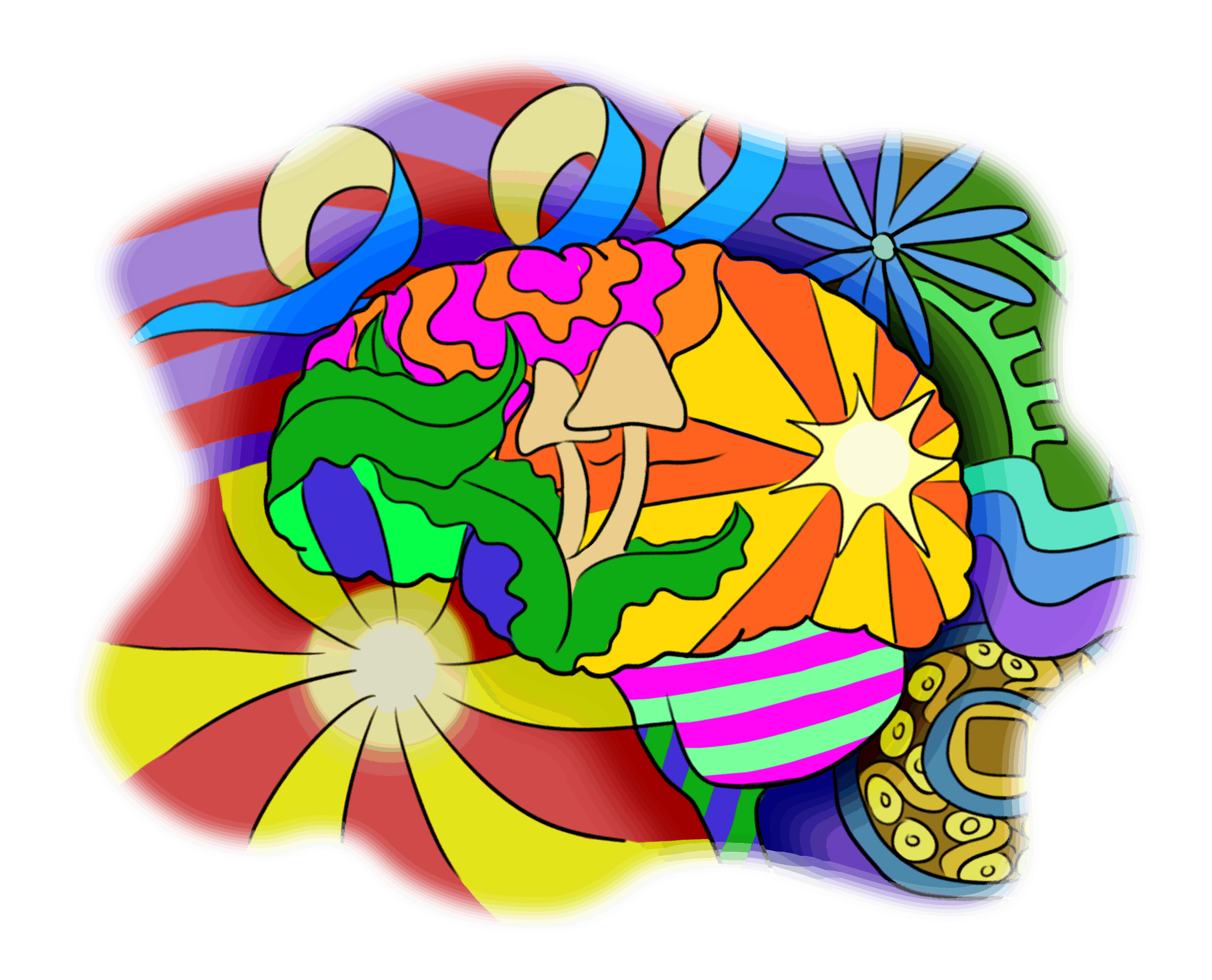Students across North America are playing a key role in the burgeoning psychedelic awareness movement. The Canadian Students for Sensible Drug Policy (CSSDP) chapter at U of T, which is part of the 920 Coalition movement promoting the role of psychedelics in culture and medicine, hosted an event at UTSG called “Mycelium: Mapping the Mind with Mushrooms.”
The goal of the event was to create a safe environment where individuals could discuss their own psychedelic experiences and benefit from the cross-disciplinary wisdom of anthropologist Marc Blainey, psychotherapist and writer Anderson Todd, and U of T professor Dr. John Vervaeke.
Students were drawn to the event for various reasons. Some students were interested in or affected by mental health issues like anxiety and depression, afflictions which research has suggested could be treated with therapeutic doses of psilocybin. It has been shown that the plant activates the same regions of the brain as anti-depressants.
Others view using ‘mushrooms’ as a potential way to explore their creative and artistic potential. Mushrooms have been used to access visionary states for the production of artwork since the time of the Aztecs and the Mayans, who left behind sacramental mushroom sculptures. Of course, others indulge purely for recreation and self-exploration.
The event is a step toward opening a dialogue on the subject of drug use within academia. However, psychoactive mushrooms remain a scheduled drug in Canada. Changing the public’s perception depends on countering the perceived dangers of their use. As more people learn of the recently recorded health benefits, the 920 Coalition expects its numbers will grow.
Daniel Greig, CSSDP’s director at U of T, offered his take on the mushroom phenomenon.
The Varsity — What prompted you to organize this event?
Daniel Greig — My investment and interest [is] in researching psychedelic compounds. We have a profound tool for both self and scientific inquiry at our disposal, and it is nothing short of an injustice to prevent researchers and conscientious adults from making use of them. I started hosting 920 events last year. There were about 50 people overall and this year the event blossomed to around 200 people.
TV — While there are stories of healing trips, there are also numerous stories of bad trips. How should this be prevented?
DG — ‘Bad trip’ does not mean ‘bad for you.’ Stanislav Grof’s work with LSD in the 1950s and 60s implies that bad trips are necessary for effective healing. Specifically, he focuses on the regularity with which his patients would eventually vividly hallucinate the experience of their biological birth… a horrifying experience, but one that would ultimately end up resolving the psychological complexes that were causing their suffering.
TV — What are the main legal challenges that advocates, such as yourself, face?
DG — Being taken seriously — there is much stigma towards people who use drugs, and this is extended to the those that advocate for reforming policies to prevent the harms that are caused by a black market, such as an increased chance of consuming dangerous adulterants like fentanyl.


